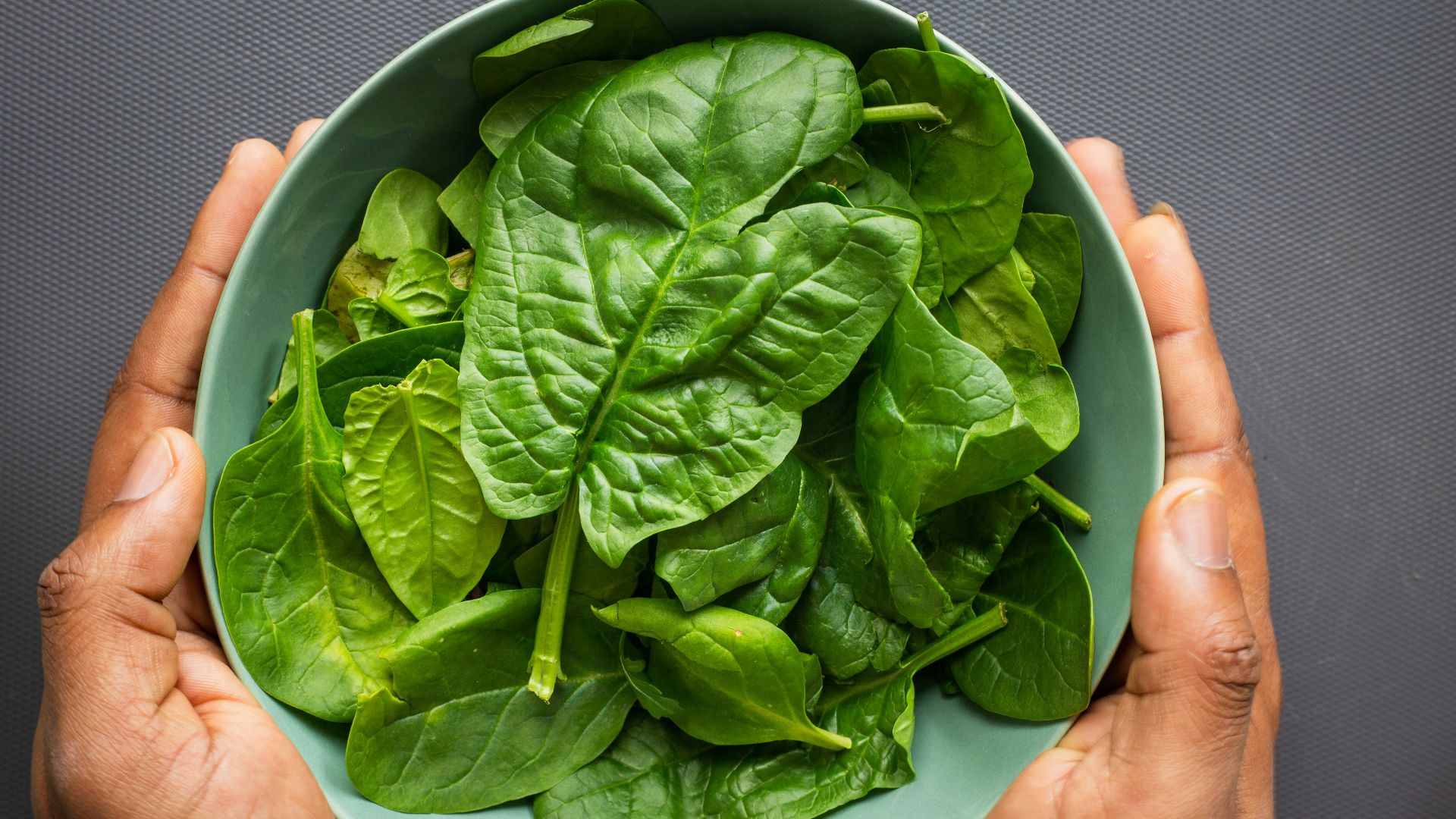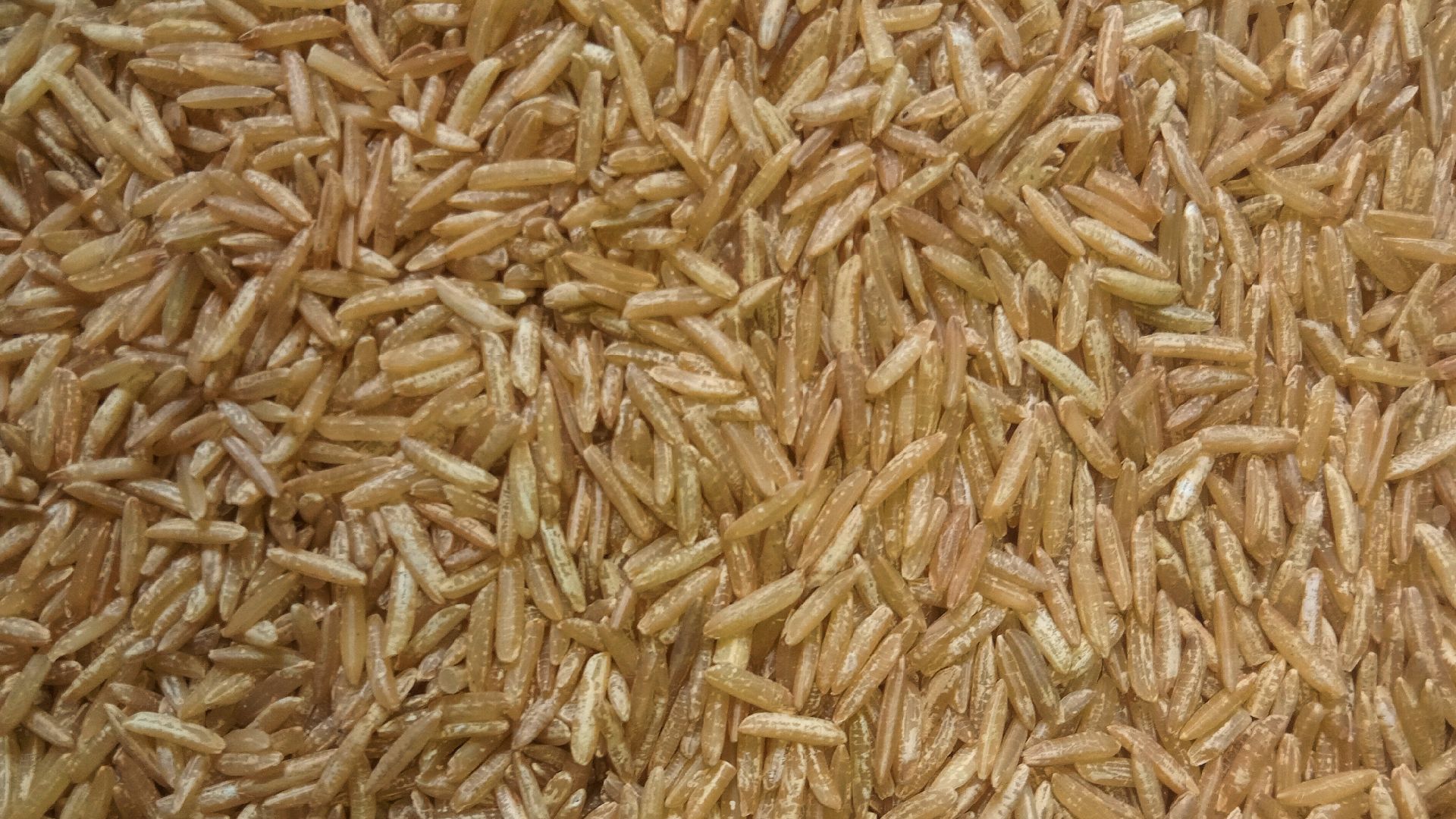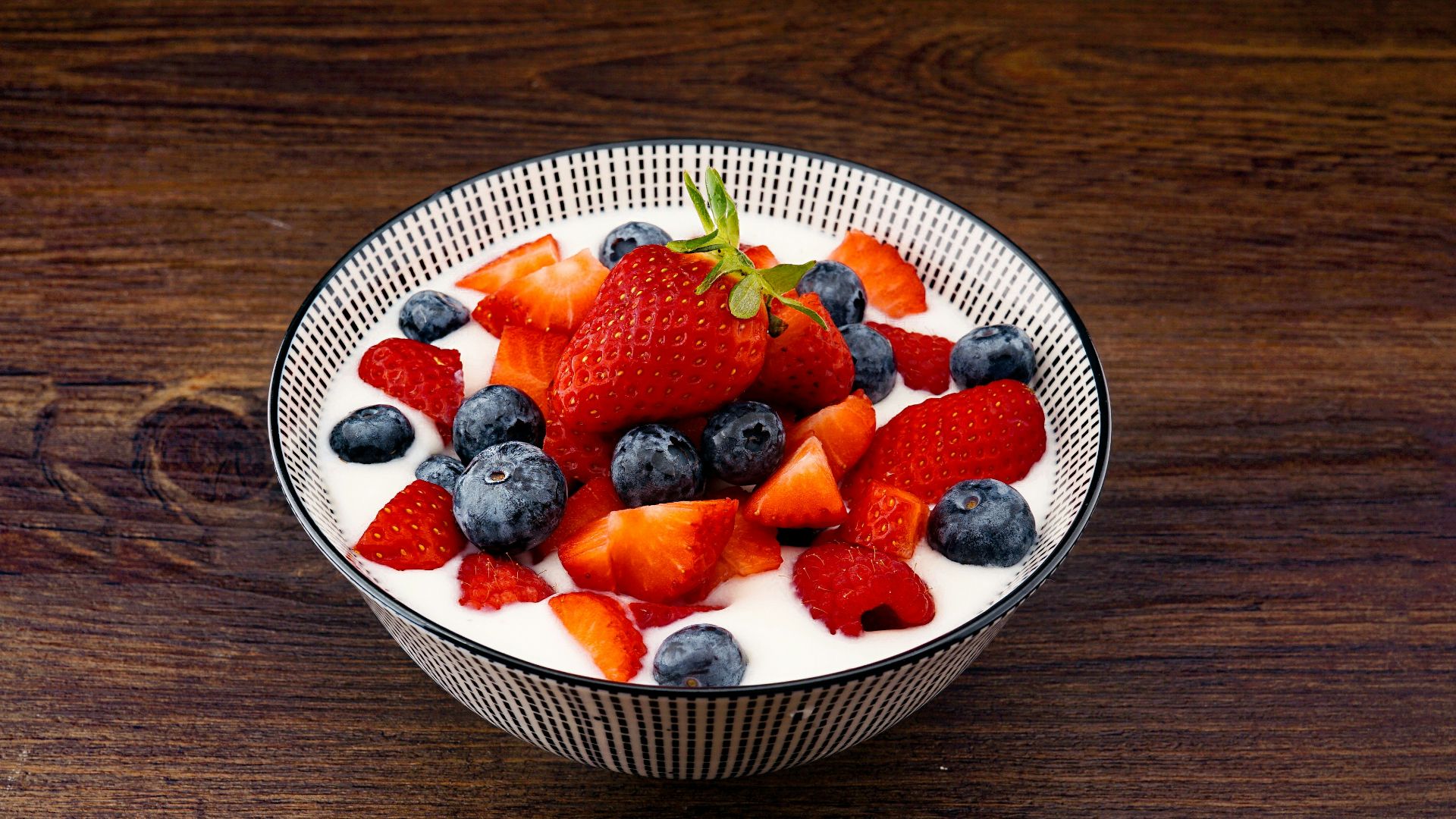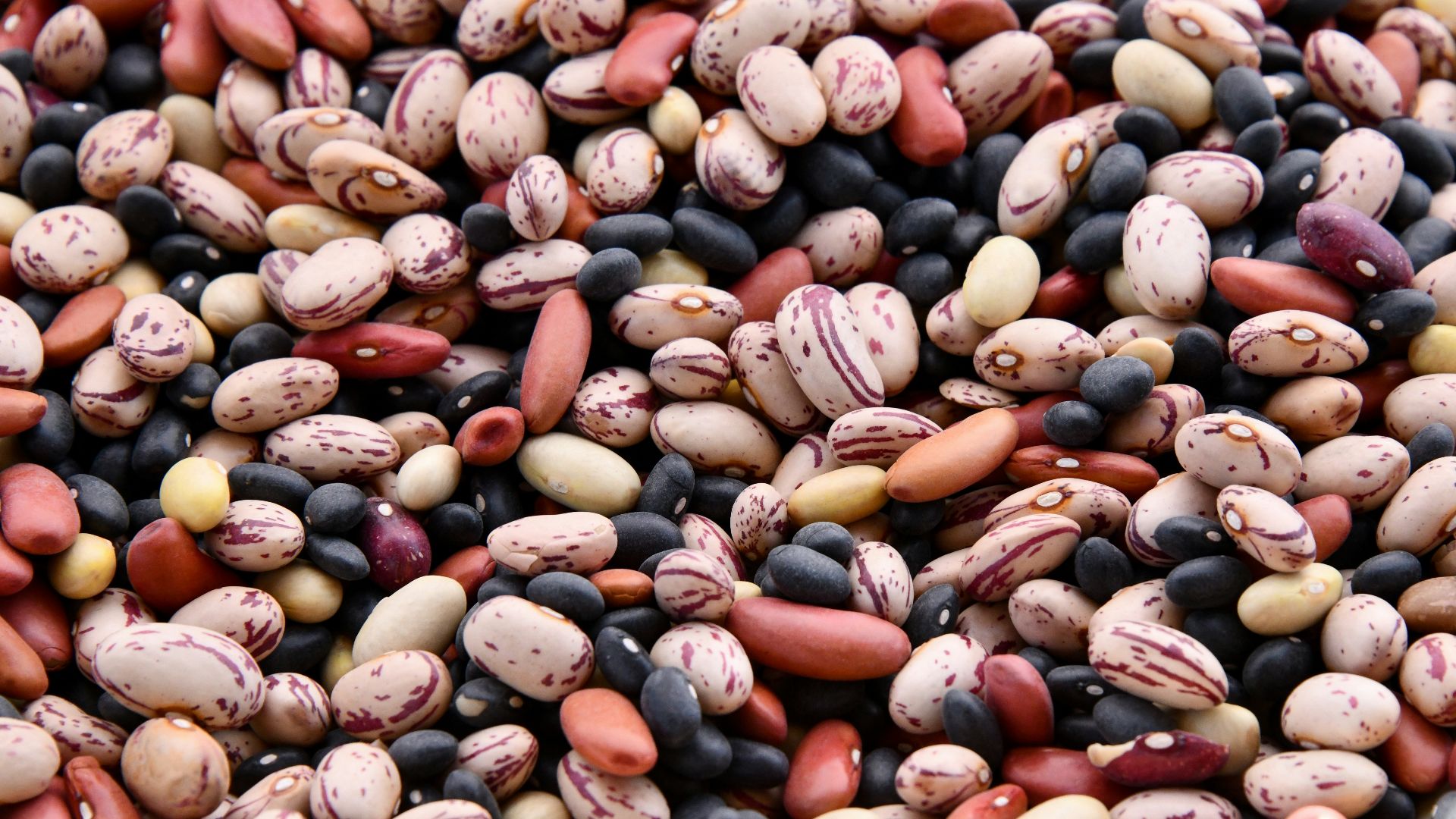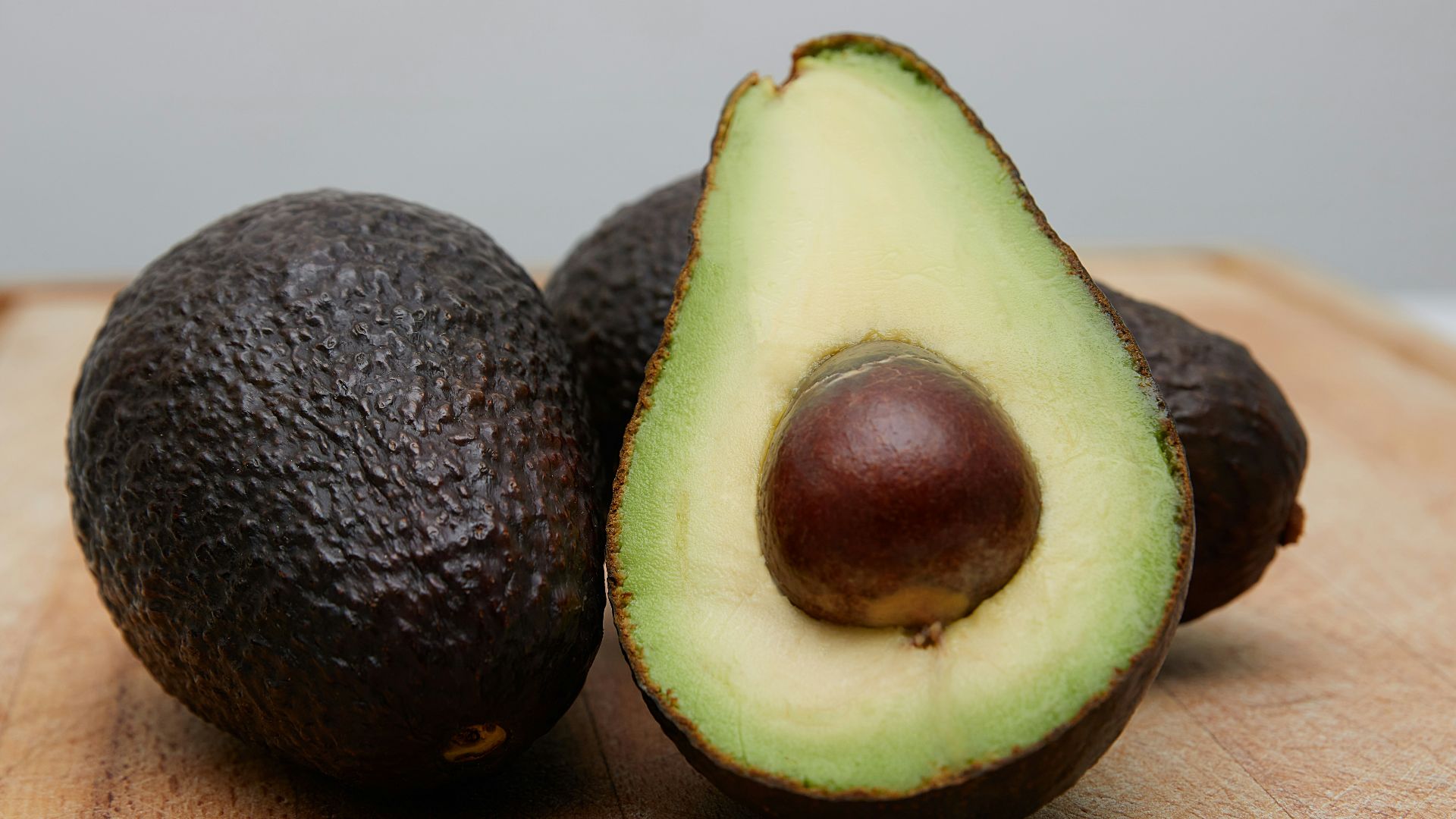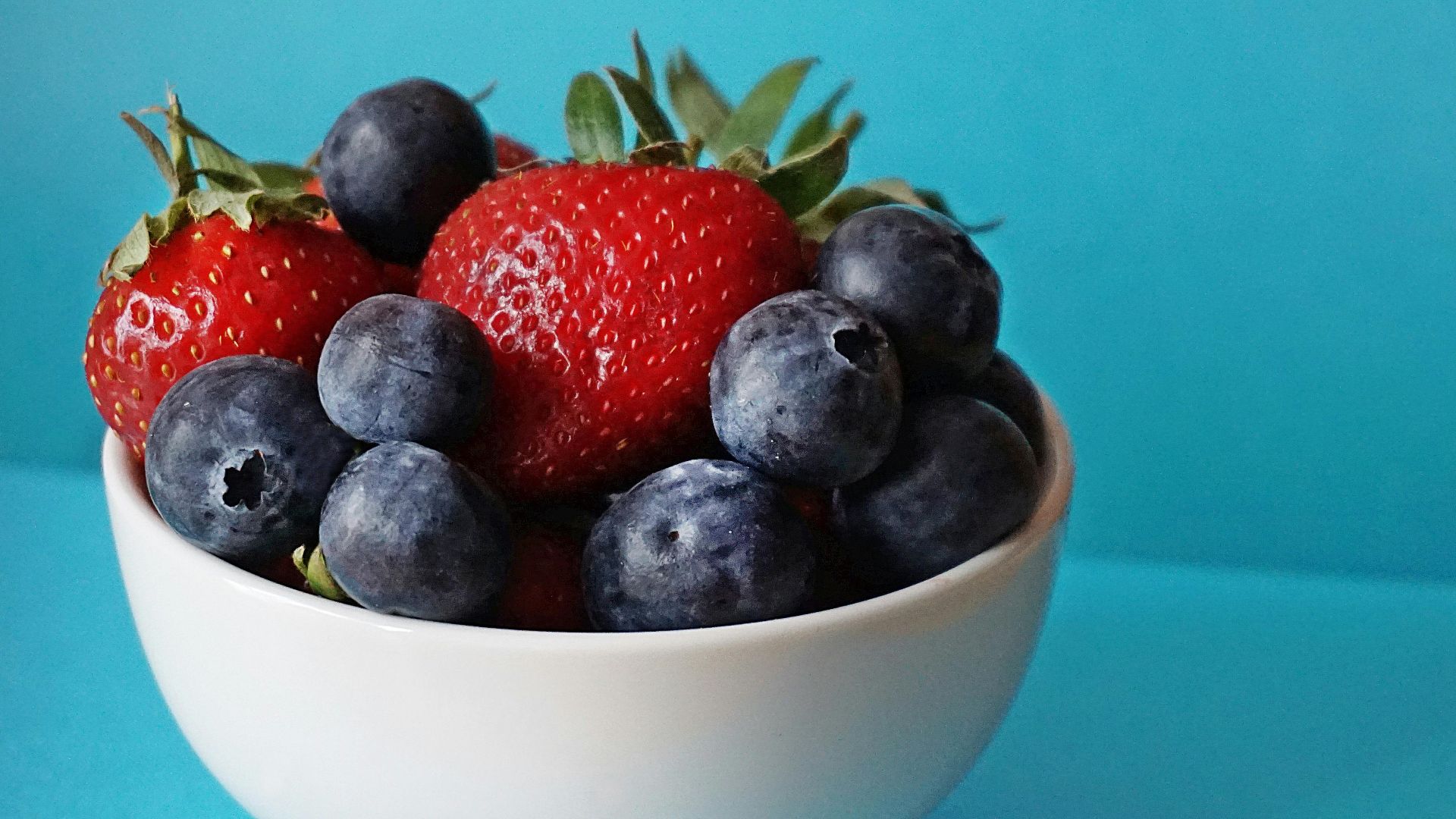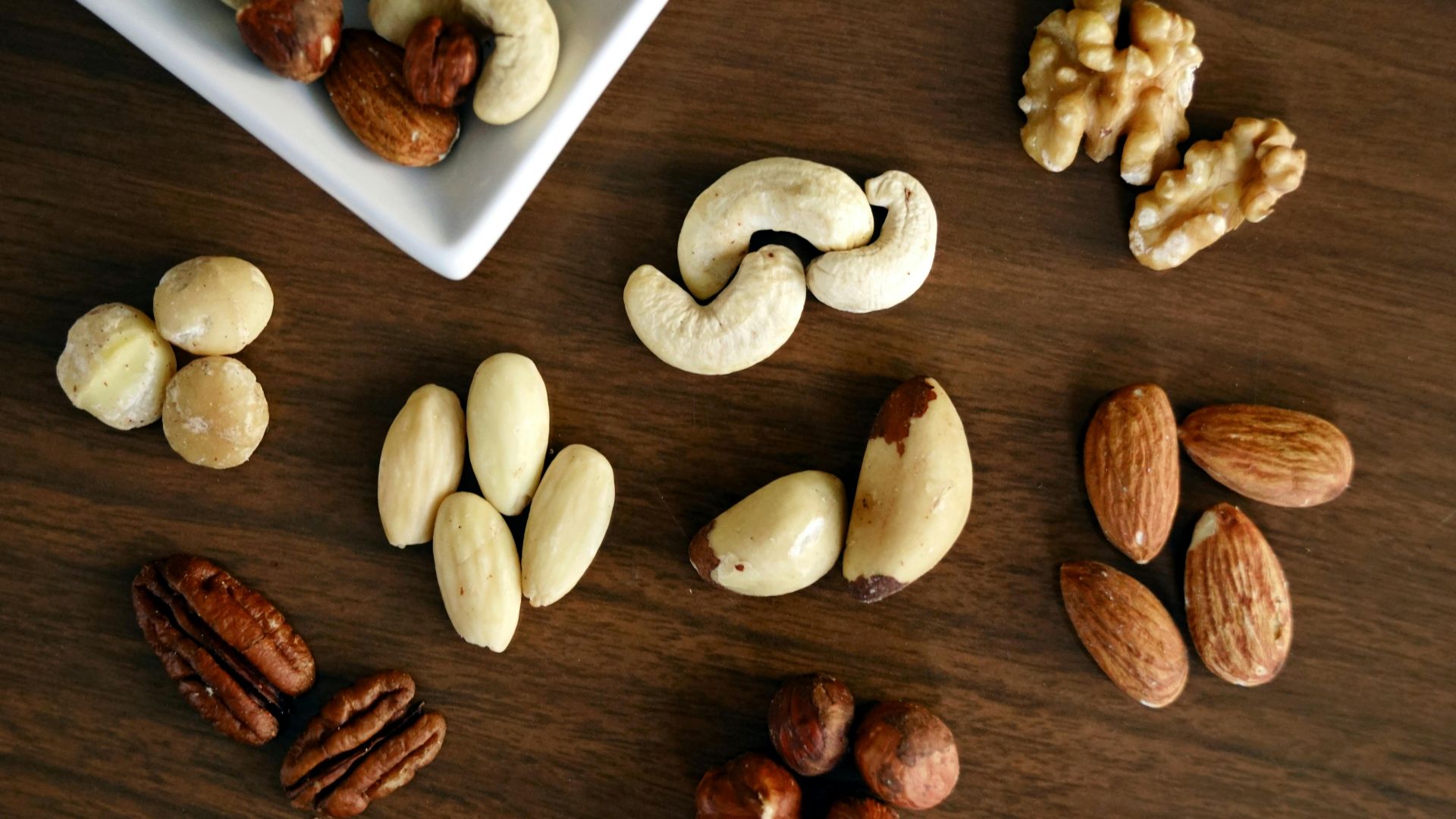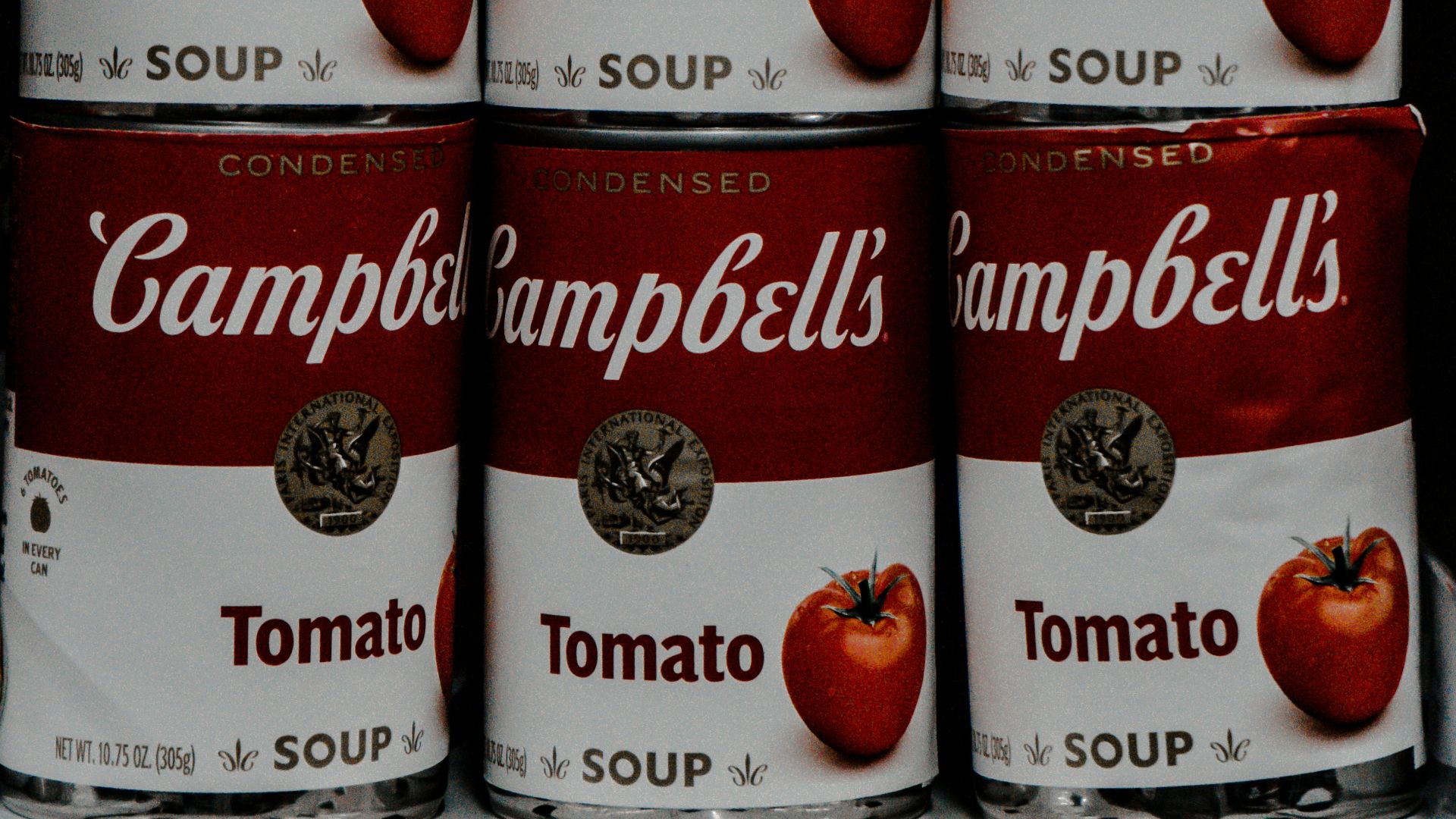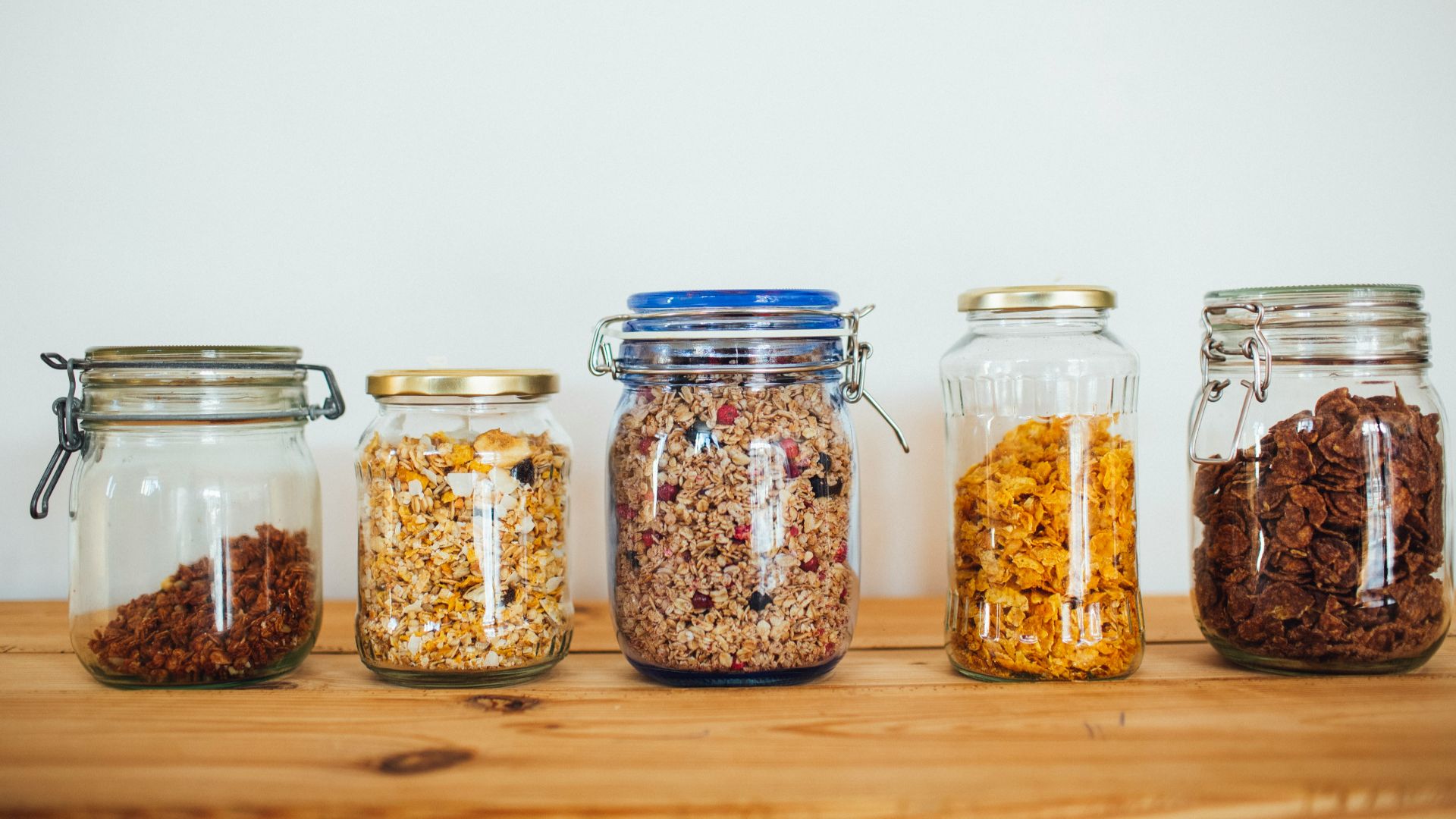10 Foods You Should Eat More Of As You Age & 10 You Should Eat Less
Healthy Aging Starts On Your Plate
Aging brings wisdom, and also changes the way our bodies respond to food. What once felt effortless—staying energetic, keeping muscles strong, supporting memory—now depends more on the choices we make at the table. Certain foods can help slow decline, sharpen focus, and protect long-term health, while others quietly add stress. This list reveals both sides, guiding smarter decisions. Let’s begin with the foods worth enjoying more often as the years go by.
1. Leafy Greens
Spinach and kale aren’t just salad fillers; they’re true age-defenders. Vitamin K supports bone strength, folate aids memory, and natural nitrates keep circulation healthy. Add a handful to soups or smoothies, and you’re giving your brain and body the steady support they need.
2. Fatty Fish
Few foods work as hard for your health as fatty fish. Omega-3 fats soothe the body from within, while DHA, a special type of omega-3, protects eyesight. Sardines deserve extra credit since they supply more calcium than many dairy foods—an overlooked ally for bone strength with every bite.
3. Whole Grains
Trade white rice or bread for whole grains, and you’ll notice steadier energy. They help lower the risk of heart disease and stroke, and B vitamins sharpen mental clarity. Barley’s beta-glucans even enhance immune defenses, making it a grain with extra staying power.
4. Greek Yogurt
Creamy and tangy, Greek yogurt gives muscles a steady supply of protein, which is necessary for staying active later in life. Its live probiotics help the gut thrive and support immunity. Plus, calcium and vitamin B12 work to keep both bones and nerves strong.
5. Sweet Potatoes
Early civilizations valued sweet potatoes for their staying power, and you should, too. Beta-carotene sharpens vision and keeps skin healthy, while fiber improves digestion. Roast them for dinner or mash them as a side, and you’ll benefit from steady energy.
6. Beans
Toss them into salads, tacos, or stews for easy nourishment. When it comes to versatile staples, beans rise to the top. Soluble fiber inside them lowers cholesterol and steadies blood sugar. Black beans are especially rich in magnesium and folate, beneficial for heart health and energy metabolism.
7. Avocados
Few foods manage to feel indulgent yet protective the way avocados do. Healthy fats in avocados nourish the heart and brain, and generous potassium levels help prevent high blood pressure. Lutein, a natural plant pigment, further supports healthy eyes and youthful-looking skin.
8. Berries
The colorful anthocyanins in berries support memory and help delay mental slowdown. Blueberries, in particular, enhance neural signaling in the brain—just blend them into your morning smoothies for a boost. The antioxidants in berries fight off cellular damage linked to aging.
9. Nuts
Eat a handful of almonds, walnuts, or pistachios to get more than a crunchy snack. These nuts work to improve heart health and balance cholesterol. Walnuts stand out for their omega-3 content. Having them plain or sprinkled over oatmeal works just the same.
10. Cruciferous Vegetables
Best enjoyed steamed or tossed, broccoli and similar vegetables should be regular on your plate. Sulforaphane, a compound within them, assists the body in neutralizing toxins and safeguarding DNA. The fiber even keeps digestion regular and supports weight control. Then, indole-3-carbinol encourages hormonal balance.
 Unknown photographer on Wikimedia
Unknown photographer on Wikimedia
Now, here are ten foods to cut back on and stay healthy in your golden years.
1. Processed Meats
Eating processed meats often means higher exposure to sodium, nitrates, and chemical preservatives. These compounds raise blood pressure and trigger systemic inflammation. Over time, the damage adds up, making colorectal and pancreatic cancers more likely.
 Raysonho @ Open Grid Scheduler / Grid Engine on Wikimedia
Raysonho @ Open Grid Scheduler / Grid Engine on Wikimedia
2. Canned Soups
Convenience often hides the downsides of canned soups. The sodium levels inside a single serving can push blood pressure higher than is safe. Added preservatives create another issue by disrupting the gut’s balance of healthy bacteria. Nutritionally, these soups offer far less than fresh alternatives.
3. Alcohol
Alcohol has several hidden effects on the body. Skin dries out faster, and fine lines become more noticeable. The liver struggles with processing toxins, which interferes with nutrient absorption. With continued use, the risks increase for memory decline and accidental falls in older adults.
4. Fried Items
Fried meals often contain trans fats that injure arteries and push LDL cholesterol upward. Reused oil adds another concern: it produces aldehydes, chemical byproducts that can damage DNA and cells. These factors heighten inflammation, weaken brain function, and raise stroke risk.
5. Soda
A can of soda brings more than sweetness. Phosphoric acid interferes with calcium absorption, weakening bones over time. The sugar load increases visceral fat and disrupts insulin balance. This sets the stage for diabetes and heart disease. Even diet sodas may trigger insulin responses.
6. White Bread
Refined white bread digests so quickly that blood glucose and insulin surge almost immediately. Without fiber to slow things down, satiety fades and overeating follows. Frequent white bread consumption is also linked to metabolic syndrome—a cluster of risks tied to chronic diseases inseniors.
7. Sugary Cereals
Despite their cheerful packaging, many cereals are nutritional decoys. They’re loaded with sugar but lacking fiber and essential vitamins. The result: a quick energy surge followed by a slump, prompting repeated snacking and unstable blood sugar throughout the day.
8. Instant Noodles
Instant noodles may seem convenient, but each pack contains large amounts of sodium and preservatives that strain the heart and kidneys. Some varieties also include TBHQ, a synthetic additive with health concerns. Frequent consumption has been linked to digestive issues and metabolic syndrome.
9. Margarine
Unlike butter, margarine often includes industrial trans fats that spark inflammation and strain the cardiovascular system. These fats can push LDL cholesterol upward and suppress protective HDL cholesterol. That imbalance encourages broader metabolic problems that erode long-term health outcomes.
10. Ice Cream
Ice cream tempts with sweetness yet delivers little nutrition. Each serving piles on added sugar and saturated fat, both of which impair insulin sensitivity and encourage weight gain. Calorie for calorie, it contributes almost nothing valuable, so it is an indulgence best enjoyed sparingly as you age.
KEEP ON READING

20 Food-Related Art Projects




